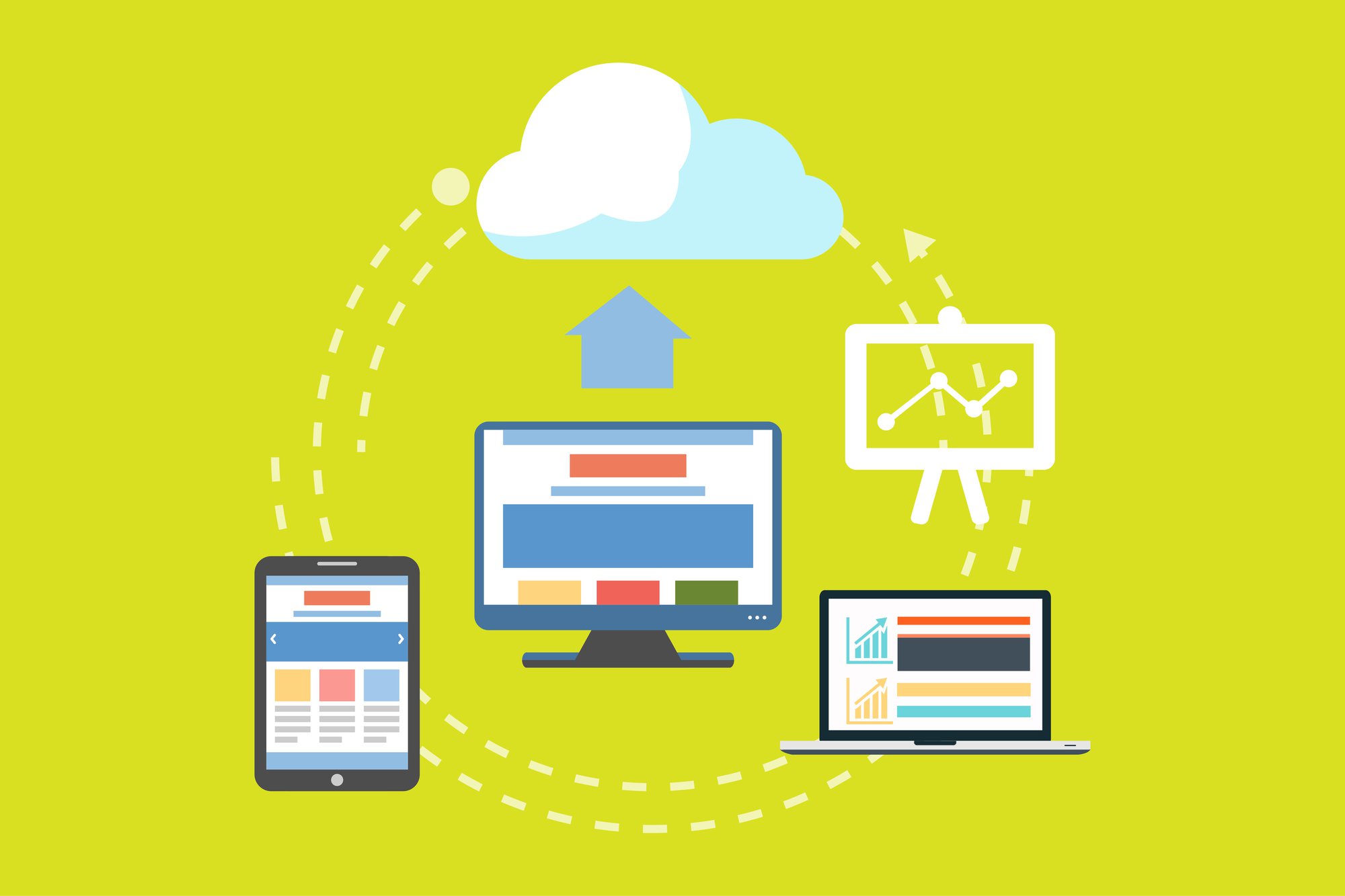
The cloud technology is continually driving innovation for the organization as it entered the second decade. The growing innovation in the cloud is leading many organizations to look at the cloud adoption statistics and make the right decision to migrate to the cloud. Both the new and existing business, from cybersecurity to customer service, is steadily shifting to the public, private, and hybrid clouds. With the growth of the IT segment, cloud computing is generating billions of dollars every year.
And every passing year, the companies are adopting a cloud-first approach and there are only a few signs of slowing down.
For customers, cloud providers offer many innovative technologies while lowering the entry barrier such as costs and technical expertise.
Cloud Computing Statistics of IaaS, Saas, and PaaS
The cloud service is divided into three key service models that are, Infrastructure as a Service(IaaS), Software as a Service(SaaS), and Platform as a Service(PaaS).
- Software as a Service (SaaS)
Software as a Service (SaaS) is the largest segment of cloud computing, as it generates more than half of the total cloud computing market’s revenue. SaaS is the fastest growing service among all three segments. - The popular applications of SaaS include enterprise resource planning software and customer relationship management software. In this model, customers pay for access to databases and software, but the underlying infrastructure and platforms are managed by the cloud service provider.
- Platform as a Service (PaaS)
Platform as a Service (PaaS) provides access to the computing platform for application development. In the PaaS segment, Salesforce has the highest market share, while the major cloud players like Amazon and Microsoft holds sizeable portions. PaaS include servers, operating system, databases, and access to one or more programing language environments.Experts all over the globe are predicting that the cloud market will grow rapidly in the next decade. But, PaaS is expected to remain a small segment by some margin. - Infrastructure as a Service (IaaS)
Infrastructure as a Service (IaaS) is a segment that offers an organization to deploy servers, storage, networking, and virtual machines in the cloud. Currently, the market share of the Iaas is less than half the size of SaaS. More and more organizations are migrating their on-premise infrastructure to the cloud and the traditional IT infrastructure spending is beginning to fade.Amazon is the leading service provider and controls a third of the market share, while Microsoft and IBM shares equal to it, combined.
Current Cloud Computing Statistics
For leading software companies, cloud computing services have become the biggest revenue generator. According to a Forbes report, the think tanks have collectively predicted that:
- Amazon Web Services made 55% of the profit in Q2, 2018 by contributing only 12% of the company’s net sales.
- Enterprise SaaS Market is now generating $20B in a Quarter for software vendors. This number is growing by 32% per year.
- Enterprise adoption of Microsoft Azure increased significantly from 43% to 58% attaining a 35% CAGR while AWS adoption increased from 59% to 68%.

According to IDC, the cloud services are expected to outgrow SaaS with the growth rate of 27% through 2019. Packaged Software is in the midst of decline and will account for just 10% of enterprise-grade installations.
Meanwhile, SaaS will drop to 25% of installations over the next two years. Meaning, the cloud solutions will be a market dominator and will continue to rise.
The innate advantages of cloud computing
According to the Business 2 Community reports, about 37% of SMBs have currently integrated into some form of a cloud solution. While the remaining businesses still have concerns regarding migration to the cloud and reaping its benefits.
The cloud computing’s flexibility and the operational agility makes it worth to migrate to the cloud.
Another highlight is the cloud’s ease of backup and recovery which is the primary reasons why small and medium businesses are migrating. Few of the other advantages are highlighted below:
- Improved collaboration
- Ability to remotely work from anywhere
- Control of documents and files
- A reduced carbon footprint
About InterPole
InterPole was established in 1996 and has been engaged in web hosting, email, and management of IT infrastructure. InterPole pioneered with Virtual Private Servers in 2004 and Cloud Hosting in 2008. Over the years, InterPole has worked with over 6200 mid-sized businesses and startups, and have assisted them in their journey towards the adoption of modern technologies through the Internet. InterPole is a Standard Consulting Partner of Amazon AWS and Microsoft Azure. With this partnership, provides Managed AWS service and maintains a team of engineers who are trained and certified for the specific cloud platforms. These benefits companies in defining their cloud strategy and making a well-planned journey, reliably and cost-effectively.

